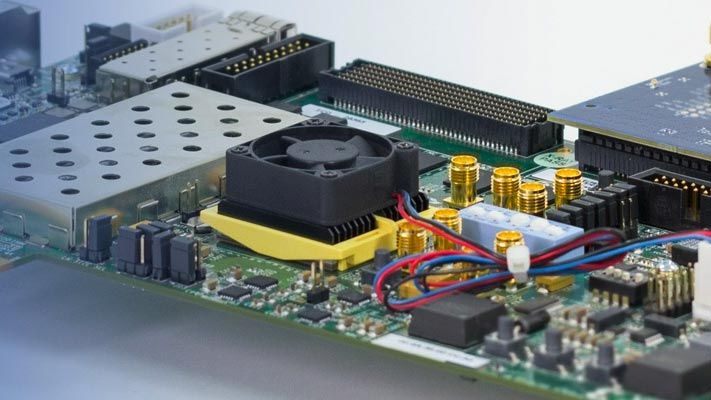Domain experts and hardware engineers use MATLAB and Simulink to develop prototype and production applications for deployment on FPGA, ASIC, and SoC devices.
With MATLAB and Simulink, you can:
- Model and simulate digital, analog, and software together at a high-level of abstraction
- Convert to fixed-point using automated guidance, or generate native floating-point operations for any target device
- Analyze hardware and software architectures by modeling memories, buses, and I/Os
- Generate optimized, readable, and traceable VHDL® or Verilog® for implementation in digital logic
- Generate processor-optimized C/C++ code to target embedded processors
- Verify your algorithm running in an HDL simulator or on an FPGA or SoC device connected to your MATLAB or Simulink test bench
“With Model-Based Design we can verify our algorithms and system functionality earlier, adapt to specification changes faster, and evaluate more design alternatives than with our traditional design flow. Model-Based Design helps bridge the gap between algorithm experts and RTL engineers.”
Mamoru Kamiya, Renesas System Design
Learn How to Use MATLAB and Simulink for:
FPGA Prototyping
Develop, deploy, and debug prototypes using MATLAB and Simulink.
FPGA, ASIC, and SoC Production Design and Verification
Refine algorithms with hardware architecture and generate code and verification models using MATLAB and Simulink.
Getting Started with HDL Code Generation
Explore FPGA, ASIC, and SoC development examples, videos, and tutorials.



